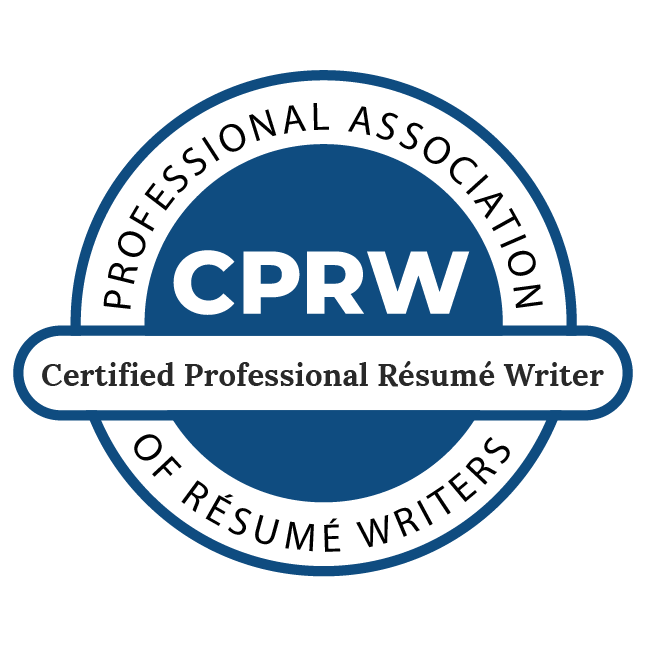Here’s a powerful technique that changes an okay resume into a great one. This is huge part of our resume-writing magic at Upword Resume. And it’s the best way to convince a hiring manager that you’re the person for the job.
Turn responsibilities into accomplishments.
To illustrate what I mean, here’s a before-and-after example from a resume I recently wrote for a gentleman who manages the Streets Department of a city in the Salt Lake Valley.
(Have you ever thought about the people who lead the efforts to clean and maintain our streets? One thing I love about being a resume writer is getting the inside view on jobs like this.)
Before
My daily responsibilities as field supervisor include dispatching crews and needed equipment for daily tasks and overseeing the crews in the field that work is being performed to city standards.
Okay, this is too wordy, but it gives us some good understanding of this gentleman’s job duties. He assigns and supervises the crews that perform street work in his city.
Here’s what we wrote for the final version of his resume:
After
Saw major decrease in citizen complaints regarding roads and infrastructure by effectively managing crew to quickly and efficiently perform needed repairs.
This is more tightly worded and is organized into resume-speak bullet form. But what really sets it apart is that it goes beyond what he does and identifies the benefits of what he does.
It goes beyond describing his daily responsibilities and explains a result of his work filling those responsibilities; namely, his city has seen a major decrease in citizen complaints.
That outcome (decrease in complaints) tells us that he is good at his job. So if I’m making a hiring decision between him and another person with similar experience, I’m going to take a second look at this guy. The one who is showing me real results.
I call this connecting the dots. Sure, to write a resume you have to make a list of the stuff you do at work. But to make a great resume, take it a step further and identify the outcomes or results from the stuff you do at work.
Connect the dots and draw a line from what you do to the benefits the employer sees.
Here’s another example from a resume I worked on. This gentleman is the Director of IT for a mid-sized company. The resume he sent me said this:
Before
Responsibilities include budgeting, hiring, performing staff reviews, planning for capacity and availability. System services is responsible for maintaining a Microsoft Server environment (200+ servers), Hitachi SAN (340TB), IBM AIX unix environment, Redhat Enterprise Linux (400+ servers), Commvault backups, and Foglight proactive monitoring.
So one problem is that this provides way too much detail. But did you notice the big red flag?
It’s the phase “responsibilities include.” That phrase is a sure-fire sign you are listing responsibilities that need to be transformed into accomplishments.
As we consulted, this client told me that what he is really proud of in this job is the turnaround he’s achieved for his department. So yes, his department has 200 servers, but what really makes him great is his success changing the whole culture of his team. Here’s what we came up with:
After
Revitalized underperforming department with low morale and poor credibility by implementing sound operational and project management systems for team maintaining 200+ servers.
Don’t just say you’re good at your job. Explain costs you’ve saved, clients you’ve brought on, revenue you’ve added, new products you’ve launched. And for bonus points, put a number on each bullet point in your resume, even if you’re making an educated, rough estimate.
If you’re ready to DIY your resume, use these techniques to elevate the impact of your bullet points.
And if you’re ready to hand your resume over to the pros (I mean, you wouldn’t do your own dental work, would you?), the Upword Resume Rocket Writers are experts at helping you brainstorm the accomplishments behind your responsibilities.



Comments are closed.